Discover the Rich Tapestry of Rwandan Culture and Traditions
Rwanda is a land of remarkable cultural depth and heritage. From its language to its social practices, Rwandan culture and traditions are cherished aspects of everyday life that reveal a strong sense of community, respect, and resilience. Traditional ceremonies, familial respect, and the value placed on unity are at the heart of Rwandan culture, making the country’s customs and social values truly unique. The Kinyarwanda language, spoken across the nation, plays a significant role in uniting the people, creating a shared identity through proverbs, songs, and storytelling.
Unveiling the History of Rwanda
The history of Rwanda is both fascinating and complex, stretching back centuries to the early kingdoms and dynasties that shaped the nation. The story of Rwanda includes tales of monarchies, colonial influence, and a challenging path to independence. While Rwanda is perhaps best known globally for its more recent past, the resilience of its people has led the country to become one of Africa’s most inspiring success stories. Understanding the history of Rwanda gives visitors an enriched perspective on the beauty and strength that define this nation today.
Exploring Rwandan Heritage Sites
Rwanda is home to a wealth of heritage sites that provide insight into its culture and history. From the King’s Palace Museum in Nyanza to the Ethnographic Museum in Huye, these sites preserve Rwanda’s cultural heritage. Each of these locations reveals a different aspect of Rwandan life, from ancient royal customs to everyday artifacts of traditional society. Visiting these heritage sites offers an unforgettable journey into Rwanda’s past, showcasing artifacts, architecture, and more that reveal the heart of this nation’s story.
Traditional Rwandan Dance and Music: A Living Legacy
Dance and music are fundamental to Rwandan culture, embodying a living legacy that brings history to life. Traditional Rwandan dance and music are more than art forms—they are expressions of identity and cultural pride. The iconic Intore dance is among Rwanda’s most celebrated, featuring synchronized movements, colorful attire, and symbolic gestures. The rhythms of drumming and the sounds of traditional instruments accompany these performances, creating an atmosphere that transports audiences to ancient Rwanda. Whether at local celebrations or cultural events, dance and music continue to play a vital role in connecting Rwandans to their history.
Rwanda Cultural Tourism: A Gateway to Authentic Experiences
Rwanda cultural tourism offers visitors a rare opportunity to experience the essence of the nation. By engaging with local communities, visitors can participate in cultural workshops, join traditional ceremonies, and interact with artisans to learn firsthand about Rwanda’s way of life. Through cultural tourism, travelers support local communities and help to preserve Rwanda’s heritage while gaining authentic insights into the country’s customs. Rwanda’s commitment to sustainable tourism means that visitors can explore its cultural landscapes responsibly, making a meaningful impact and creating lasting memories.
Rwanda, often referred to as the “Land of Thousand Hills” is a country with a rich history and vibrant culture. Nestled in the heart of Africa, Rwanda’s story is one of resilience, rebirth, and extraordinary journey of transformation.
Historically, Rwanda was a kingdom ruled by Kings. The kingdom was renowned for its intricate social, political, and economic structures. However, the late 19th century arrival of European colonizers brought about significant changes, including the introduction of cash crops and the intensifications of ethnic divisions.
Despite its tumultuous past, Rwanda’s culture remains vibrant and diverse. The country’s traditional music and dance, especially the dynamic intore dance, play a crucial role in national celebrations and ceremonies. Handicrafts, such as basket weaving and pottery, are also significant cultural expressions, reflecting the country’s artistic heritage. Today, Rwanda stands as a beacon of reconciliation and renewal, continually striving to forge a unified and prosperous future for all its citizens.
CULTURAL AND HISTORICAL PLACES TO VISIT IN RWANDA:
- ETHNOGRAPHIC MUSEUM
The ethnographic museum, also known as the National Museum of Rwanda, is a must-visit cultural and historical site in Rwanda. Located in southern province, Huye district, it’s about 132km from Kigali, the capital city. This museum is renowned as one of the best ethnographic museums in East Africa.
Established in 1989, the museum houses one of the most significant collection of pre- and post-colonial ethnographic, artistic, and archeological artifacts, providing a rich insight into the cultural heritage of Rwanda. The seven galleries display a variety of exhibits, including traditional clothing, musical instruments, and tools, all of which tell the story of Rwanda’s social, economic, and political history.
Visitors to the museum can expect to be immersed in Rwanda’s rich history and culture. The museum also offers various workshops where visitors can learn traditional skills such as basket waving and pottery. It’s a place that truly celebrates and preserves the unique cultural heritage of Rwanda, making it a must-visit for anyone interested in understanding the country’s past and its people.
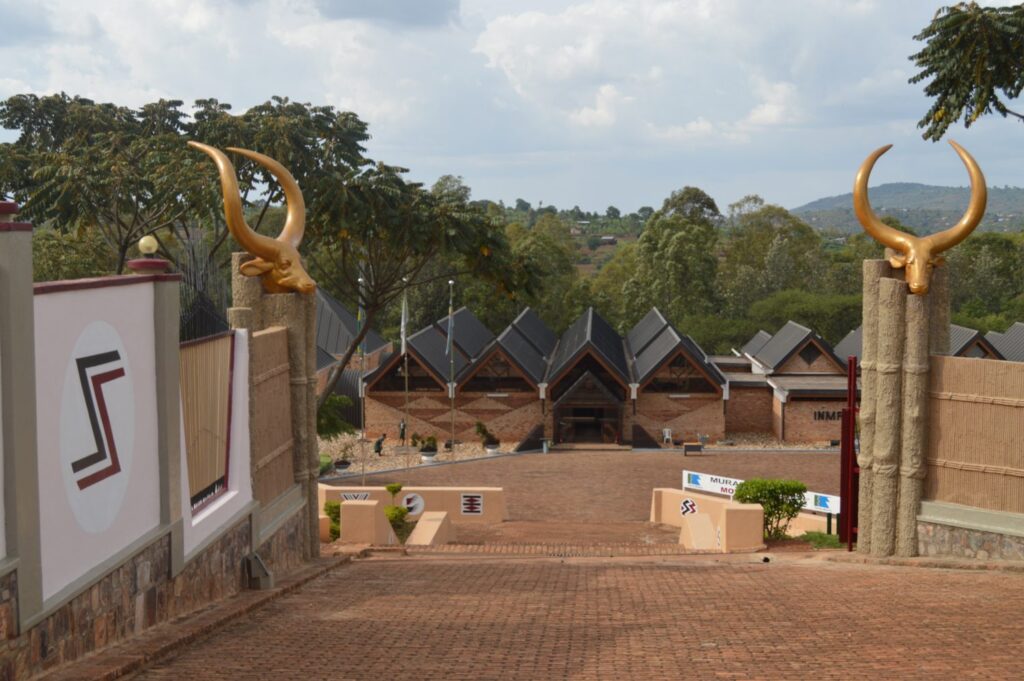
- KING’S PALACE MUSEUM
The king’s palace Museum, also known as “The Royal Palace of Nyanza”, is a remarkable testament to the country’s rich cultural and historical heritage. This traditional palace, located in Nyanza, about 88km from the capital city of Kigali, offers a unique glimpse into the royal lifestyle of the pre-colonial era.
The palace, reconstructed to its 19th Century state, is a beautiful example of traditional Rwandan architecture. It was residence of King Mutara III Rudahigwa, The last ruling monarch of Rwanda. The palace is adorned with traditional materials, and the thatched structures are a sight to behold. The interior of the palace is filled with artifacts that depict the traditional way of life, providing a fascinating insight into the country’s past.
In addition to the traditional palace, the museum also houses a modern palace built in 1932. This palace showcases a blend of traditional and modern architectural styles. The museum complex also includes the royal cattle, known as “Inyambo”, which are a significant part of Rwandan culture.
Visiting the King’s palace Museum is like stepping back in time and experiencing the rich cultural heritage of Rwanda.
- RWANDA ART MUSEUM
The Rwanda Art Museum, located in Kigali City, is a must-visit destination for art enthusiasts and history buffs alike. This museum, housed in the former Presidential palace, showcases a diverse collection of contemporary African Art, making it a vibrant cultural hub in the heart of Rwanda.
The museum’s collection spans a wide range of mediums, including, paintings, sculptures, ceramics, and textiles, reflecting the rich artistic heritage of the continent. Each piece tells a unique story, offering insights into the social, cultural, and historical contexts from which they emerged.
In addition to its permanent collection, the Rwanda Arts Museum also hosts rotating exhibitions, providing a dynamic and engaging experience for visitors. The museums location in the former presidential palace also adds a layer of historical significances, making it a fascinating destination for those interested in Rwanda’s past. Whether you are an art lover or a history enthusiast, The Rwanda Art Museum offers a captivating exploration of African Art and culture.
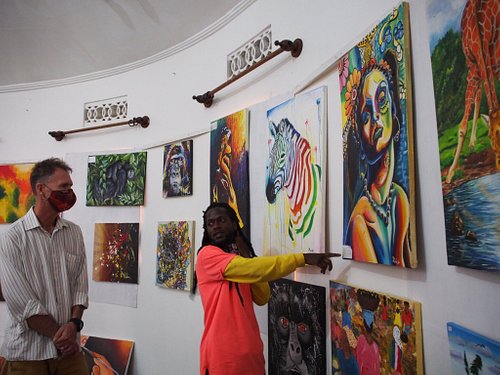
- RICHARD KANDT HOUSE MUSEUM
Richard Kandt House Museum, nestled in the heart of Kigali, Rwanda’s vibrant capital city, is a treasure trove of historical and natural wonders. This museum named after Dr. Richard Kandt, the first resident of colonial governor of Rwanda under Germany rule, is a testament to Rwanda’s complex and intriguing past.
Housed in the variety residence of Dr. Kandt, the museum offers a unique journey through Rwanda’s history, from pre-colonial times to the colonial era, and beyond. Each room in the museum is dedicated to a specific theme, providing a comprehensive overview of the country’s geological, ecological, and societal evolution.
Visiting the Kandt House Museum is like stepping into a time capsule. It’s an opportunity to delve into Rwanda’s past, understand its present, and get a glimpse of its future. Whether you are a history buff, a nature lover, or a curious traveler, the Kandt House Museum is a must-visit destination on Your Rwandan journey.

- NATIONAL LIBERATION MUSEUM
The National Liberation Museum in Rwanda is a significant historical site that commemorates the country’s journey to liberation. Located in Gicumbi district, about two hours drive from Kigali, the museum stands on the grounds where the Rwandan Patriotic Front (RPF) launched the liberation struggle in 1990.
The museum offers a detailed account of the liberation struggle, showcasing various exhibits and artifacts that tell the story of the country’s fight for freedom. It provides chronological narrative of events leading up to the liberation, offering visitors a deep understanding of this pivotal period in Rwanda.
In addition to the indoor exhibits, the museum also features a liberation trail, which includes several key sites related to the liberation struggle. Walking along this trail, visitors can explore the command post of the RPF, the campaign headquarters, and other significant locations.
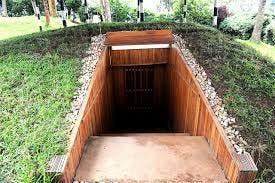
- ENVIRONMENTAL MUSEUM
The environmental Museum, located in in Karongi district, Western province of Rwanda, Is a must-visit destination for anyone interested in the intersection of nature, and conservation. This unique museum is not just a place to view exhibits, but a hub of education and awareness about the environments and its importance.
The museum is housed in a stunning building that is a testament to sustainable architecture, blending seamlessly with surrounding landscape. As you step inside, you are greeted by wealth of information about Rwanda’s diverse ecosystems, the challenges they face, and the efforts being made to preserve them.
What set the Environmental Museum apart is its interactive exhibits. Visitors are encouraged to engage with the displays, making the learning experience both fun and impactful. Whether you are a student, a teacher, or just a curious traveler, the Environmental museum offers a wealth of Knowledge and insight into Rwanda’s rich environmental heritage.
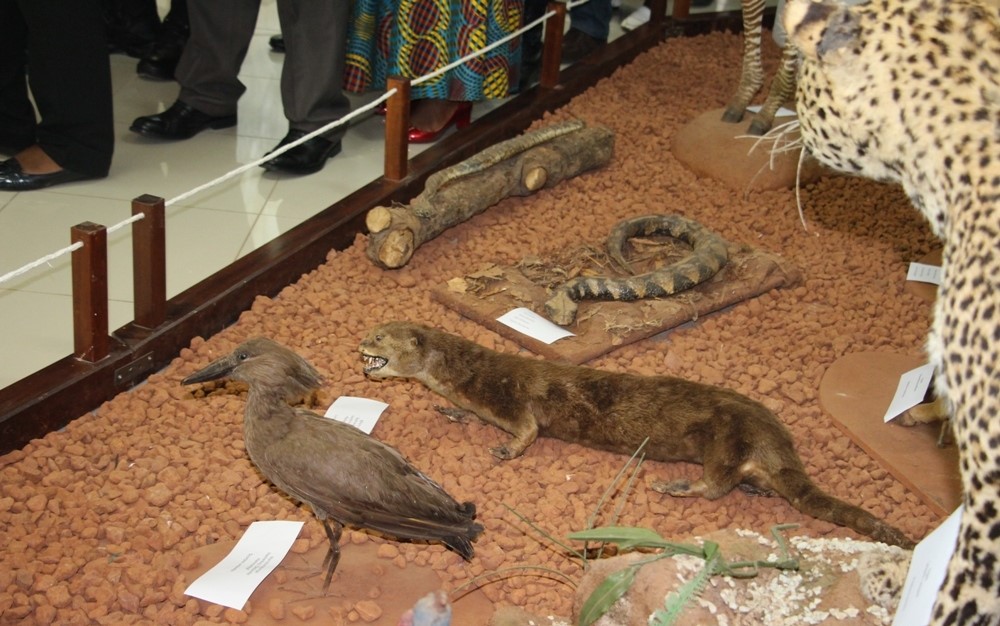
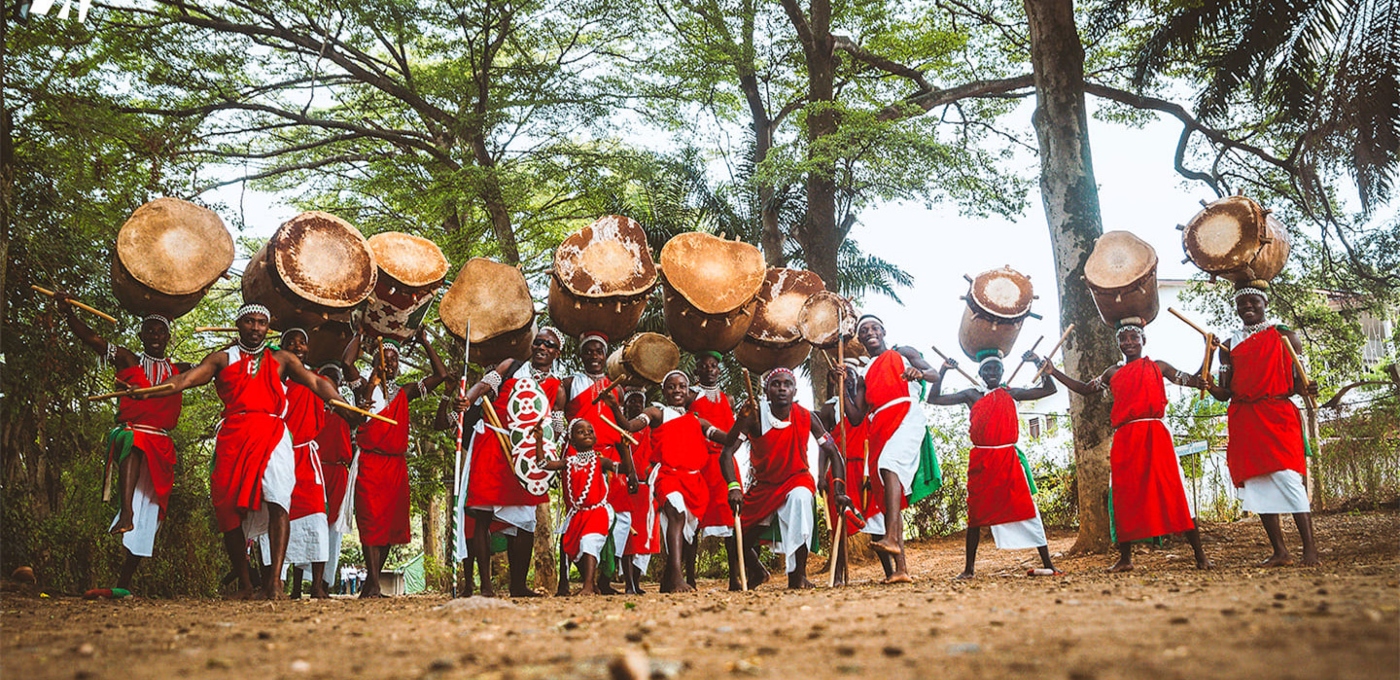
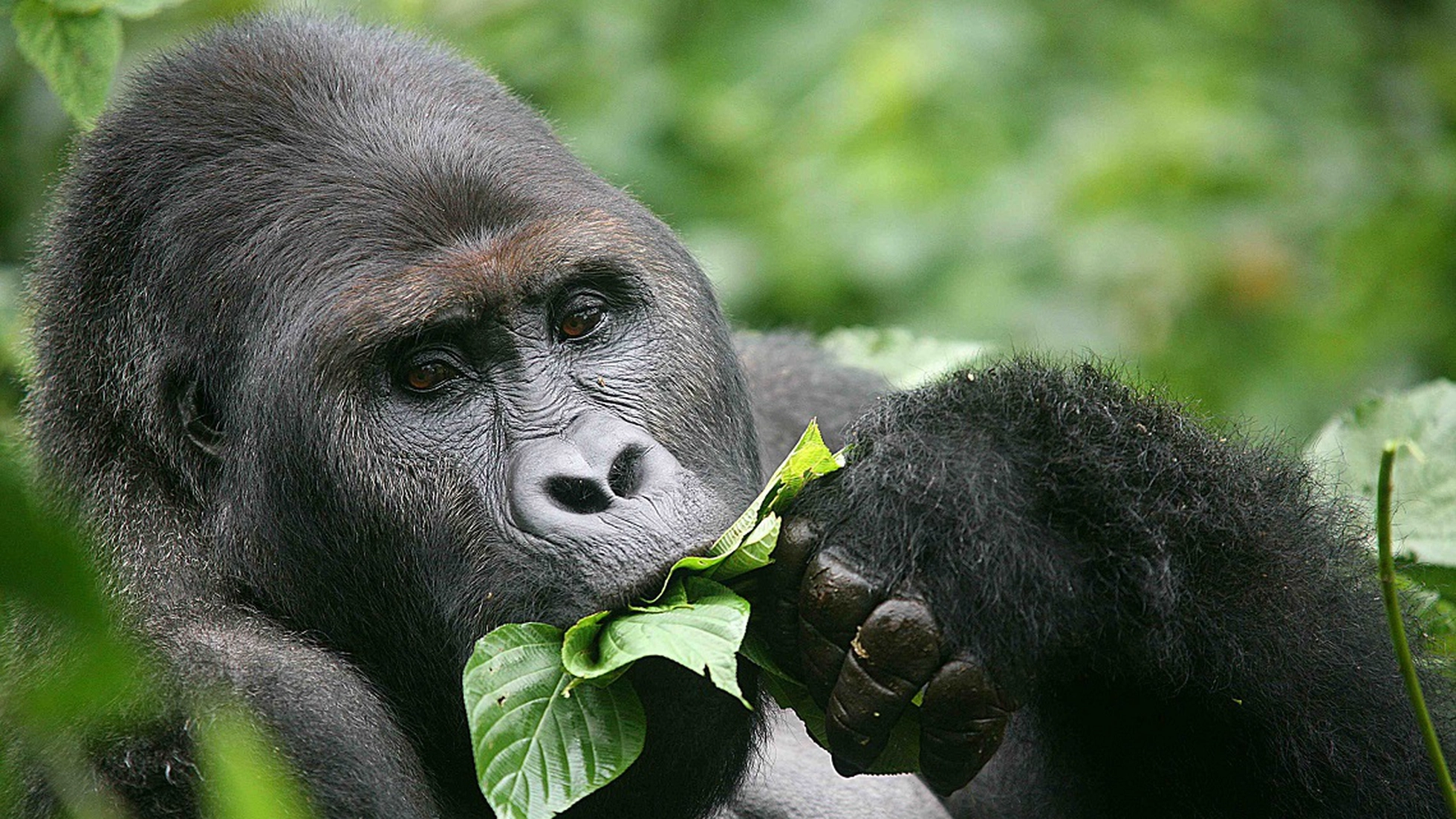

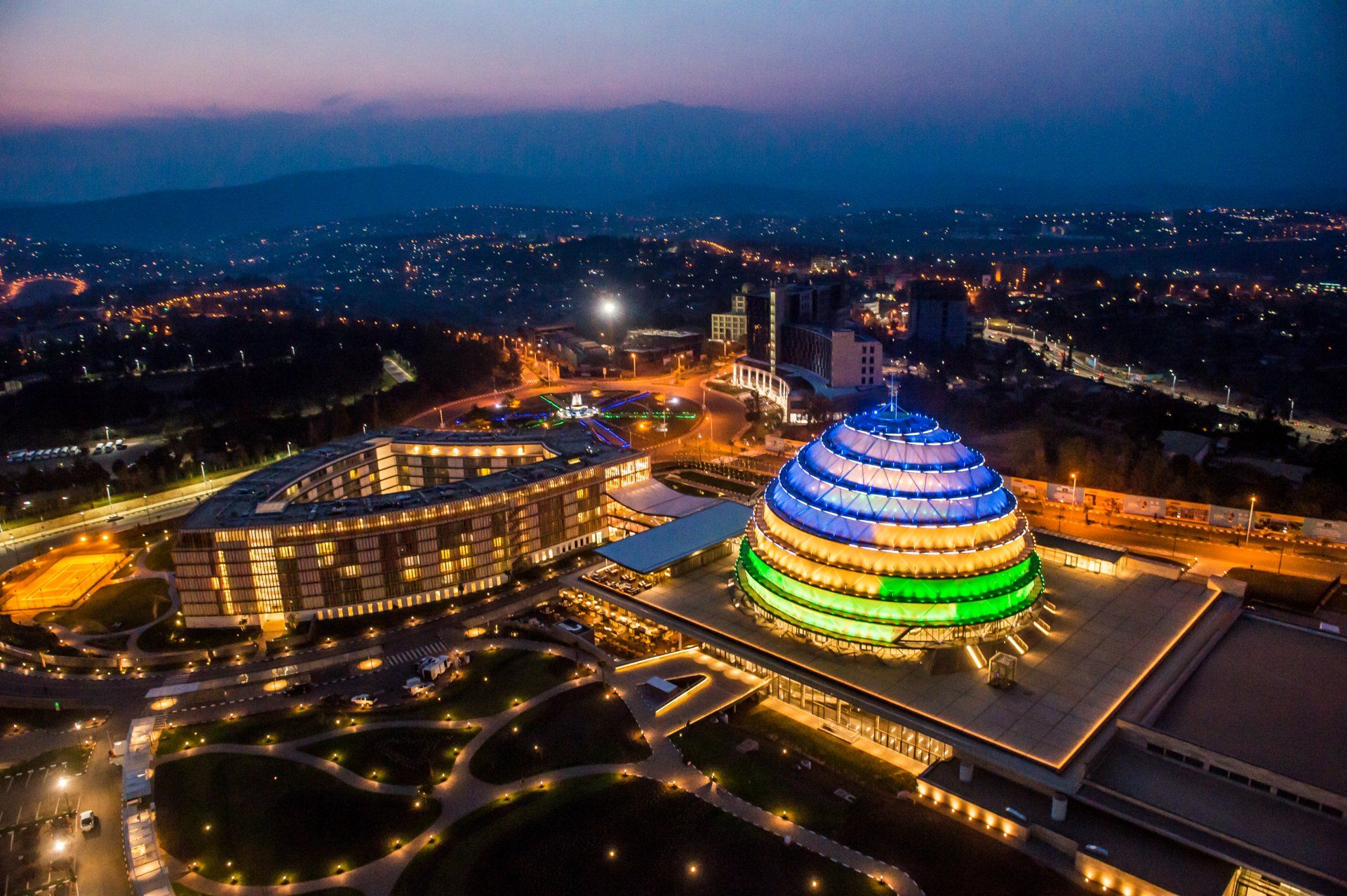
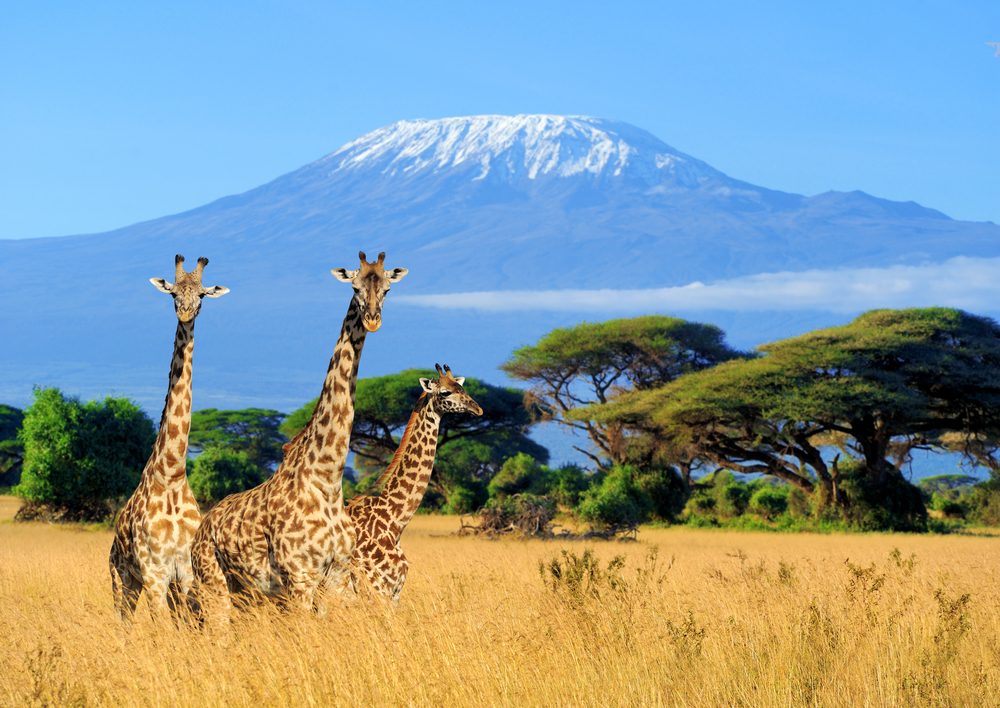
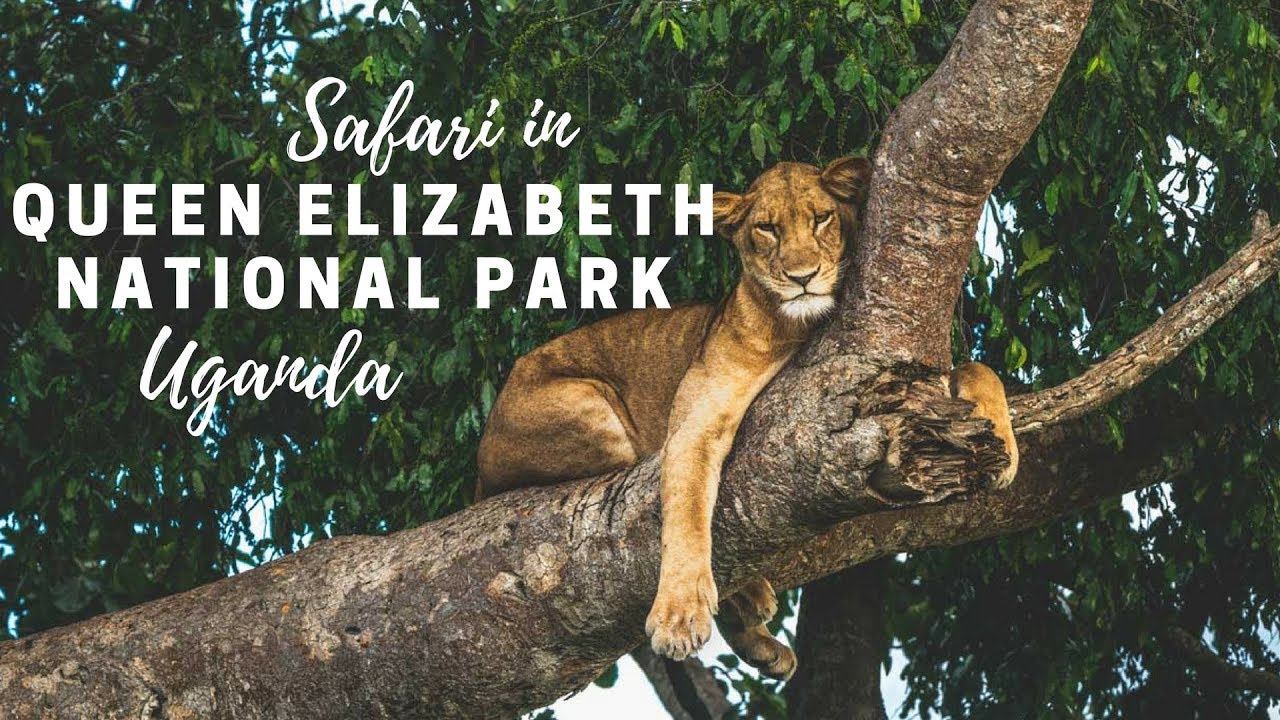
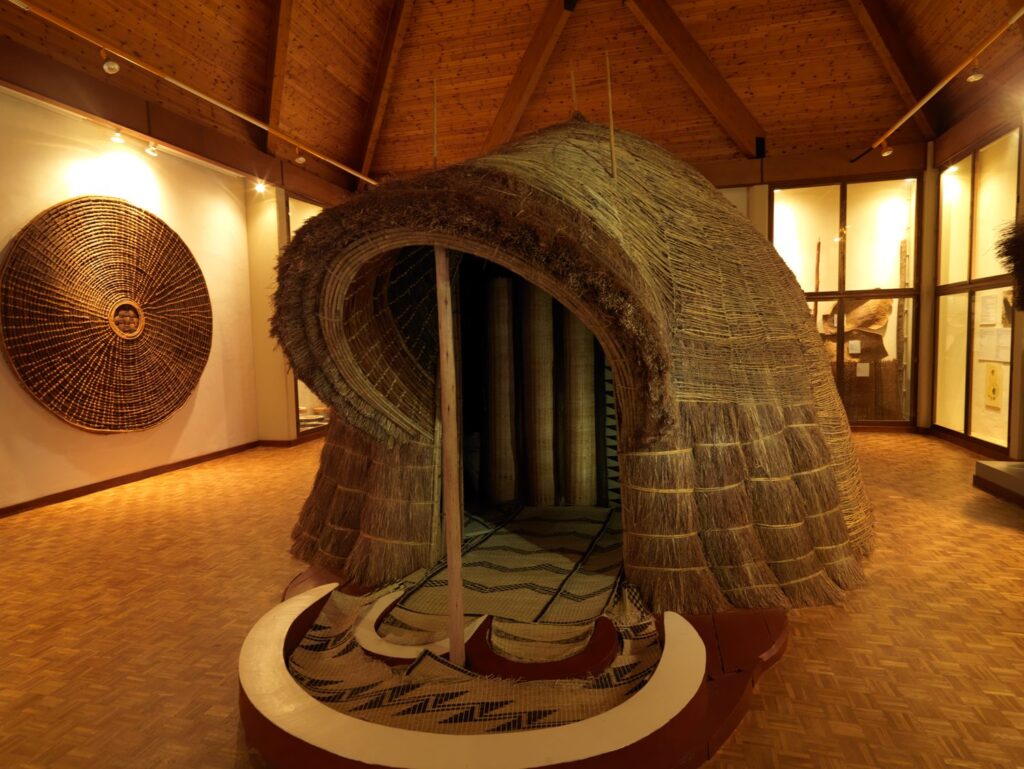





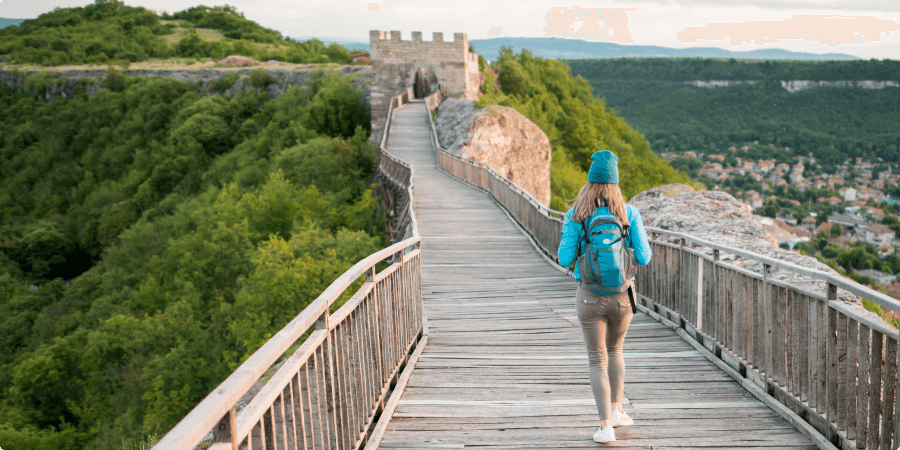

4 Comments
mutandine di seta nera chicco de matteo
January 3, 2025 at 8:25 amFiquei muito feliz em descobrir este site. Preciso de agradecer pelo vosso tempo
admin
January 5, 2025 at 7:44 pmThank you so much for your kind message! We’re thrilled you found our site and truly appreciate your gratitude. If you have any questions or need assistance, we’re here to help!
mutandine brasiliane
January 3, 2025 at 8:36 amمرحبًا، أعتقد أن هذه مدونة ممتازة. لقد عثرت عليها بالصدفة ;
admin
January 5, 2025 at 7:50 pmThank you for your kind words! We’re so glad you discovered our site. If you have any questions or need assistance, feel free to reach out anytime!